The 21st Gomangoku, Daiju-en’s annual bonsai exhibit in Okazaki, Aichi, featured some great Japanese black pines. The Suzuki family, and the apprentices who studied with them, are well known for their pine work. Getting to see the trees up close, to carry them, study them, and think about them, was a great experience. I’ve long been interested in the many ways one can style pine bonsai, and the trees on display provided good examples for study.
A good trunk may not always make for a good bonsai, but it’s impossible to have a good bonsai without a good trunk. For black pines, this means good bark and good movement. One of the primary characteristics to look for in good bonsai is age, and age is often best shown in the trunk.
Apart from the trunk, one can look at the health of the tree, the leaf shape, color, and size, and branch placement. Does the foliage generally appear in small clumps or in large pads? Is the apex round or pointed? Is the silhouette continuous or are there significant gaps between branches? Do the needles point up or out?
I like a number of different styles, and I always appreciate well-styled black pines. I hope you do too!

Japanese black pine – great bark and movement
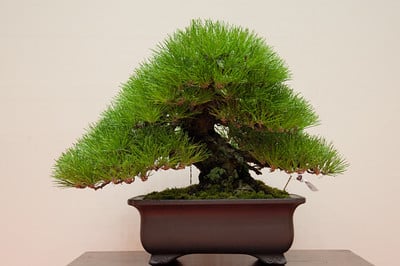
Buds grow very close together to form a smooth silhouette – this is very clean pine work. Does the tree point to the left or the right?
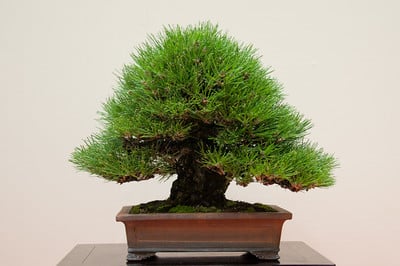
A sturdy, medium-sized pine
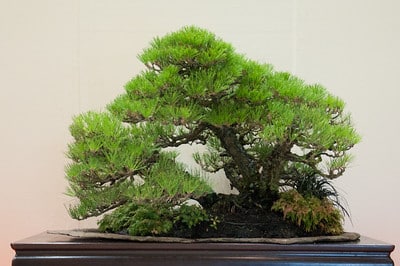
Pine on a slab
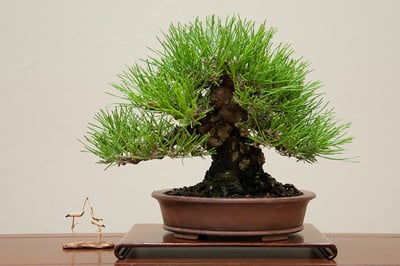
Shohin black pine
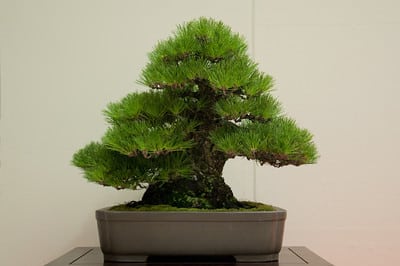
A massive trunk
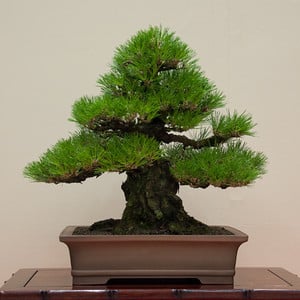
Great bark
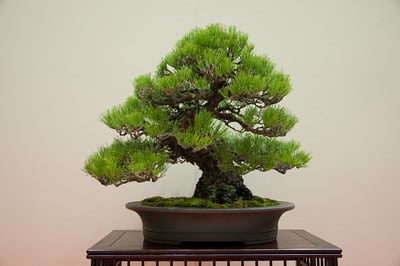
Informal upright black pine – does it point left or right?
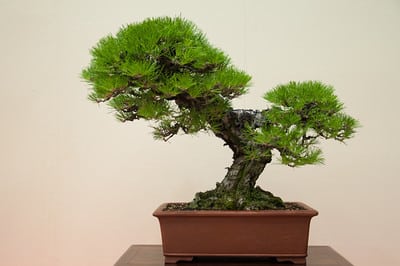
Good bark – the style remains beyond me
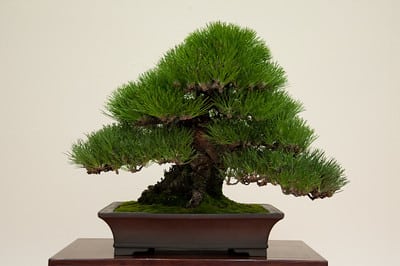
Nice black pine – this pot shape is often used for pines
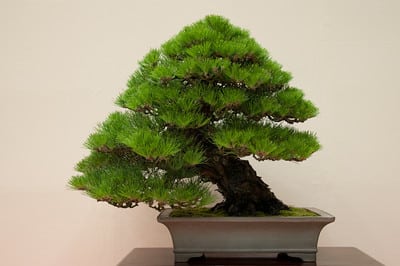
One of my favorite pines in the show
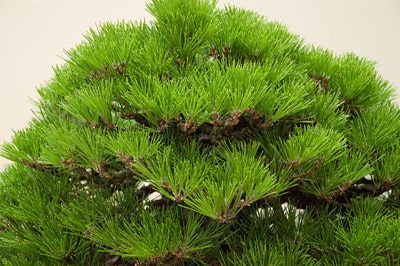
A close up of the foliage
Subscribe to Bonsai Tonight
New Posts Delivered Every Tuesday and Friday
gaycarboys says
Apart from the one you are also unsure about, the rest are quite lovely. Thanks once again. BTW the tree I asked you about ages ago which you might or might not remember, I took it to bits and opted for something ab out different. I think it shows huge promise. I’ll send you a shot once it has developed a bit. I have really warmed to pines so much. They seem to respond well to Sydney weather. Although considering its the 7th day of summer, it’s bloody cold at the moment. Hope you’re well.
bonsaijapan says
Hi Jonas,
‘The style that remains beyond me’ tree is interesting. I cant work out if i like it or if it disturbs me a little. That being said out of all the trees you posted it was the one i clicked to enlarge and looked at for a while. It is definately an interesting tree especially how the foliage has essentially been formed into two balls.
Thanks for sharing you photos, i look forward to seeing the rest!
Joe
Marc Arpag says
Hi Jonas,
Earlier today I read your lastest post and enjoyed studying each of the Pine Bonsai photos,
Of course the “The style that remains beyond me” was intriguing as it is so unique.
Tonight I was studying an old Japanese Bonsai Exhibition Album from 1974 and what should my wondering eyes behold? Well, on page 117 there it is, “The style that remains beyond me” Bonsai! Same tree on display almost 40 years ago, how cool is that?!?!
Marc
Marc says
Correction: 74 is the Exhibition Album # ,I need to find actual year of the Exhibit.
jeremiah lee says
Thanks for the great posts! I’m not great at telling which way the trees point yet. But i’m going to say I think both of the trees you asked about picture #2 and #7 point to the left. Thank you!
xwires says
Thanks, all, for the comments. Marc – great catch! The tree appears on p.117 of the book from Meifu-ten, exhibit #74, held in 2004. Meifu-ten is the big bonsai show held each January in Nagoya by the Chubu Bonsai Cooperative. The tree has had the same owner for some time. Kihachiro Kamiya used to work on the tree, and now the tree is under the care of Aichi-en, though the tree resides at Tok-senpai’s nursery (Tok-senpai apprenticed with Toshinori Suzuki). The unusual style may owe to some lost branches. The tree was very weak before and is now quite healthy. Up close, the style is less distracting because the tree’s bark is great. It’s a cool tree.
As for the direction of the two pines above, both have key branches that point left, but the apices point slightly to the right. Both were displayed on the right side of their respective displays, pointing to the left.